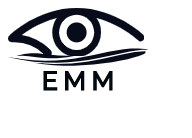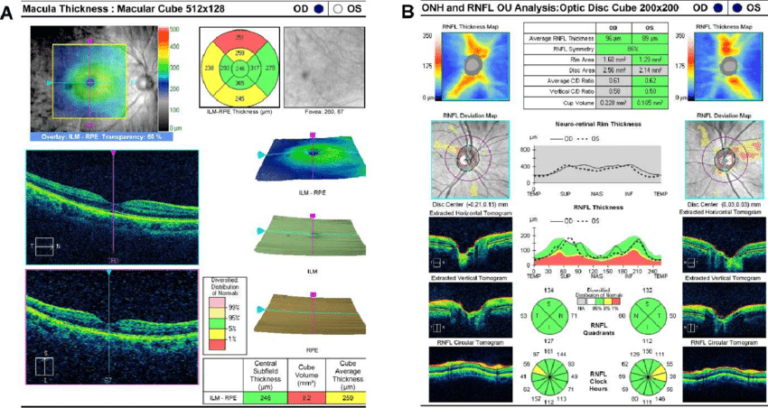Optical coherence topography (OCT)- things you need to know
Optical Coherence Tomography (OCT) is a non-invasive imaging technique used to capture detailed images of the retina, the light-sensitive layer at the back of the eye. OCT was first introduced by Dr. David Huang and his colleagues in the early 1990s. The technology was developed at the Massachusetts Institute of Technology (MIT) and quickly became…

